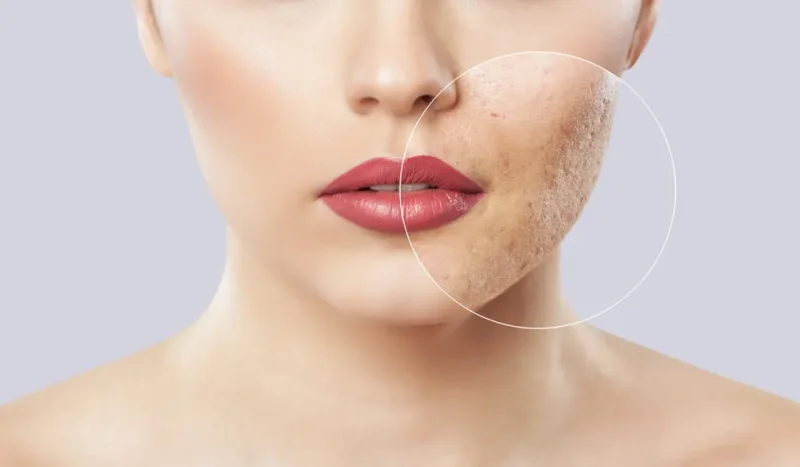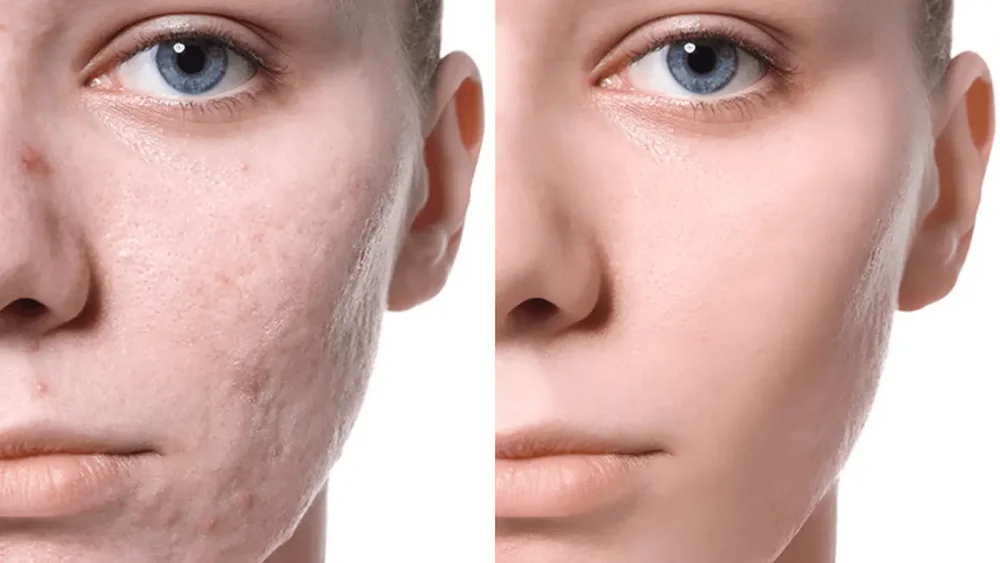Contents
- Michael Jackson Skin Color: The Truth Behind His Transformation
- Bella Hadid Before and After: What Cosmetic Procedures Has She Had?
- Scars After a Deep Plane Facelift
- Non-Surgical Facelift with Morpheus8: Advanced Skin Tightening
- Kesselring’s Lip Surgery ( Direct lip Lift)
- “Preservation Deep Plane Facelift™ by Dr. Mubariz” Natural, long-lasting rejuvenation using the most advanced anatomical techniques.
- From Hidden to Honored: A Neckline That Reflects Your True Self
- Azerbaijani Aesthetic Surgery on the Global Stage-Dr.Mubariz Mammadli
- Neck Lift Surgery cost, before and after, scars & more

Scar removal surgery is a procedure aimed at improving the aesthetic appearance of scars or reducing their size. In addition to enhancing the appearance, this surgery restores function and corrects the skin alterations (such as disfigurement) caused by trauma, wounds, poor healing, or previous surgical interventions.
Scar tissue develops as a result of trauma (for example, an accident) or during the healing process after surgery.
The number and type of scars that form depend on various factors:
- The size, depth, and location of the wound;
- Age of the patient;
- Skin characteristics, including pigmentation and other features.
The ideal timing for scar removal or treatment is not always clear-cut. Over time, scars tend to fade and become less noticeable as the body ages. Some surgeons recommend waiting until the scar lightens and matures, which could take several months or even up to a year after the wound has healed. For some types of scars, it is suggested that scar revision surgery be carried out 60 to 90 days after the wound has fully healed. Every scar heals differently, and the timing of revision varies depending on the case.
Indications for Scar Removal Surgery
There are several reasons why scar revision surgery may be recommended. These include:
- Keloid Scars: These are abnormal, raised scars that are different in texture and color from the surrounding skin. Keloid scars extend beyond the edges of the original wound, often appearing firm, thickened, and sometimes resembling a tumor or swelling. Keloid tissue is typically removed from normal, healthy tissue.
- Scars Situated at Unnatural Angles: These scars may not align with the natural lines of the skin and can cause cosmetic issues.
- Thickened or Raised Scars: Scar tissue that has thickened beyond normal expectations, becoming hypertrophic, may require surgical revision.
- Scars Causing Functional Problems: Scars that affect normal movement, function, or cause discomfort and limitations in range of motion may need to be treated to restore function.
As with any surgical procedure, scar revision surgery carries certain risks, including those associated with anesthesia and the surgery itself:
- Allergic reactions to medications;
- Breathing difficulties or respiratory complications;
- Bleeding, blood clotting issues, and infection.

- Recurrence of the Scar: In some cases, the scar may reappear or grow back after surgery.
- Formation of Keloid Scars: Even after revision, there is a risk of new keloid formation.
- Wound Complications: There may be issues with wound healing, such as delayed healing or separation of wound layers.
Rehabilitation and Aftercare
After scar removal surgery, specific aftercare measures are essential to ensure the best outcome:
- Keloid Prevention: In cases of keloid scars, compression therapy or elastic bandages may be applied to the affected area after surgery. These measures help prevent the keloid from reforming and support proper healing.
- Post-Surgery Bandaging: For other types of scars, light bandaging is typically applied. Stitches are removed about 3-4 days after facial procedures and 5-7 days after surgeries on other parts of the body.
In cases where joint stiffness or immobility is experienced post-surgery, physical therapy may be necessary to regain full function and mobility.
It is important to protect the healing scar from sun exposure, as ultraviolet rays can cause permanent discoloration and damage. Applying sunscreen regularly is crucial to prevent burns and maintain optimal healing.
You can find detailed information about each of these surgeries by clicking on the links provided. I, Dr. Mübariz Mammadli, along with my professional team, perform high-level aesthetic and plastic surgeries in Azerbaijan and Baku, including the ones listed above, as well as other procedures.
İnstagram: @drmubariz
Contacts: +994708988866 +994558988866